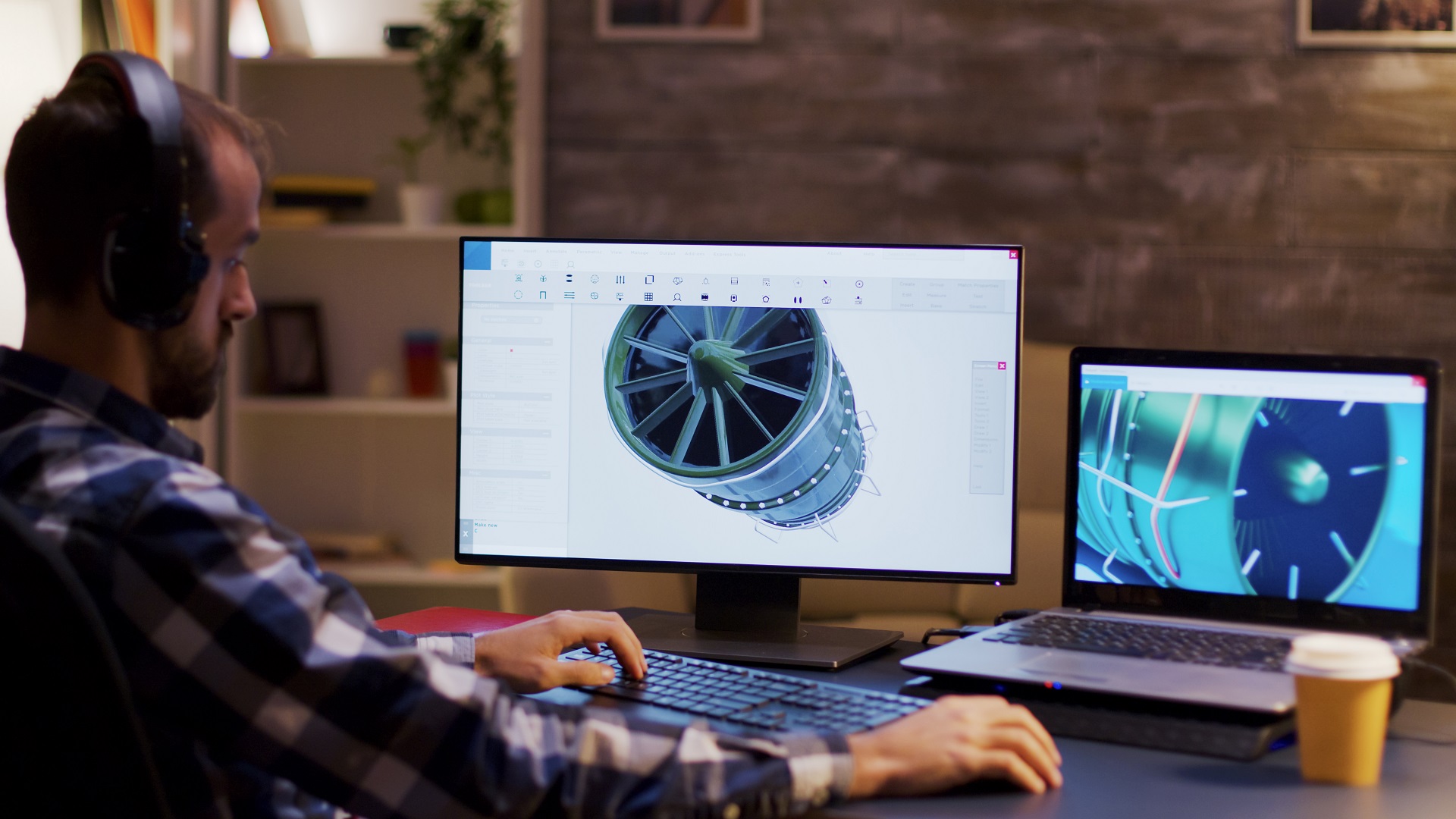As sandboxes of innovation, digital twins provide the perfect conditions for engineers to analyze the performance of real-world designs. It is no wonder why we have seen such an explosion in their use; a report from the Capgemini Research Institute shows that 61% of aerospace and defense organizations now consider digital twins a strategic part of their overall digital transformation.
With a new era in store for the manufacturing industry through the rise of Industry 4.0, it is imperative to take a deep dive into the potential benefits and implications of implementing digital twins for all levels of manufacturers and other sectors of the economy.
Digital Twins in Action
Digital twins create virtual models of real-world objects and subject them to continuous use to evaluate how they handle regular use, added stress, and redesigns to test for stability, determine flaws, and make a system more efficient.
In manufacturing, components are the smallest aspect of digital reproduction and include valves, sensors, injectors, and edge devices. Components comprise thousands of products that are created in a virtual environment. For example, a car manufacturer can re-create the interior of a vehicle to determine the passengers’ comfort level, potential blind spots that could impede the driver’s field of vision, and the instrument panel’s aesthetic and ease of use. A virtual hybrid engine can also be monitored and tested to comply with government performance regulations.
Manufacturers looking to improve the performance of their production lines will find digital twins an invaluable tool.
“As we transition towards smart factories, the focus shifts towards closed-loop quality control,” said Luv Aggarwal, Portfolio Development Executive – Battery, Industrial Machinery, Energy & Utilities, SIEMENS. “Embracing technological advancements in manufacturing, we aim to minimize quality inspection costs to the level of hardware expenses.”
Read this feature article in full in our Integr8 Playbook, “Diving into the Digital Realm: Harnessing the Power of Digital Twins,” here.
Automation Alley is a nonprofit technology business association and Digital Transformation Insight Center focused on driving the growth and success of businesses in Michigan and beyond through innovation and automation. With a global outlook and a regional focus, we foster a vibrant community of innovators, entrepreneurs, and business leaders through opportunities for collaboration and learning. Our programs and services help businesses develop the skills and expertise needed to effectively jumpstart or accelerate digital transformation. By bringing together industry, academia, and government, we aim to create a dynamic ecosystem that drives innovation and growth across Michigan.




